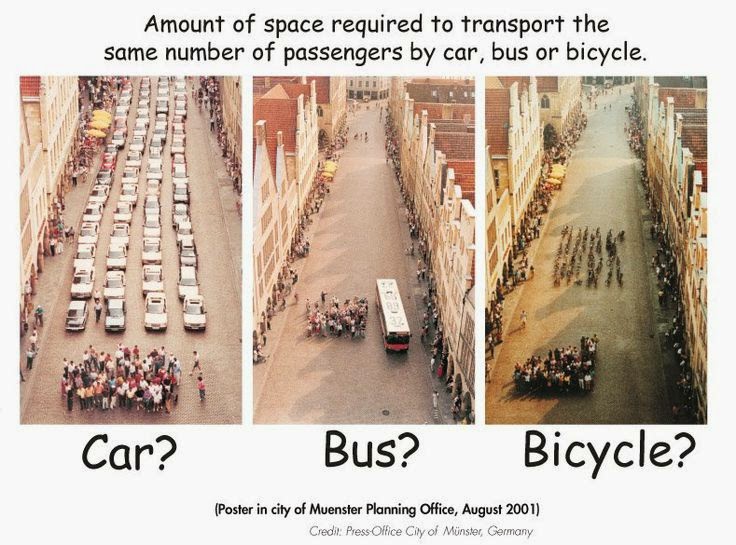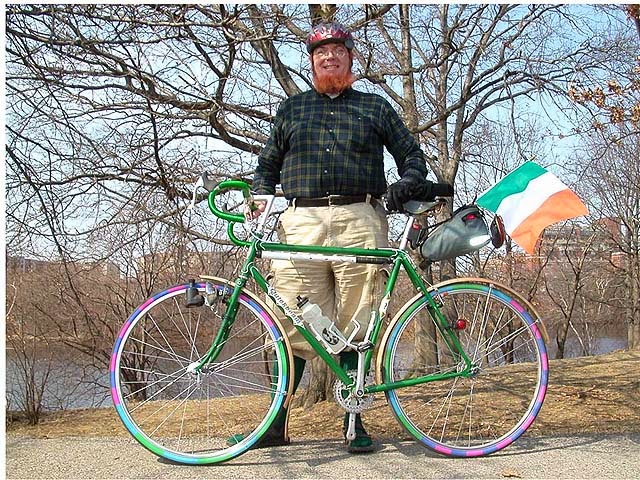When I started this blog, I promised myself that I wouldn't let it get hijacked by arguments that are, in the end, about personal preferences. So, for example, while my bikes have Brooks saddles, and will I attest to their quality, beauty and comfort, I won't use this blog as a bully pulpit to convert the heathens ;-) who ride plastic saddles.
That's one reason I've never brought up the "Q factor", a.k.a. "tread". For whatever reasons, I have never found it to be an issue for me. However, I can understand that some people whose anatomies and riding styles are different from mine might find the need to get the smallest "Q factor" possible on their bikes.
Is it possible to ride with no "Q factor" at all--in other words, with your feet together? If so, what would it be like?
If any bike can answer those questions, it's this one:
To my knowledge, the "Swingbike" was never marketed--or, if it was, only a few were ever sold.
That's one reason I've never brought up the "Q factor", a.k.a. "tread". For whatever reasons, I have never found it to be an issue for me. However, I can understand that some people whose anatomies and riding styles are different from mine might find the need to get the smallest "Q factor" possible on their bikes.
Is it possible to ride with no "Q factor" at all--in other words, with your feet together? If so, what would it be like?
If any bike can answer those questions, it's this one:
 |
| From Charlie Kelly's Website |
To my knowledge, the "Swingbike" was never marketed--or, if it was, only a few were ever sold.












